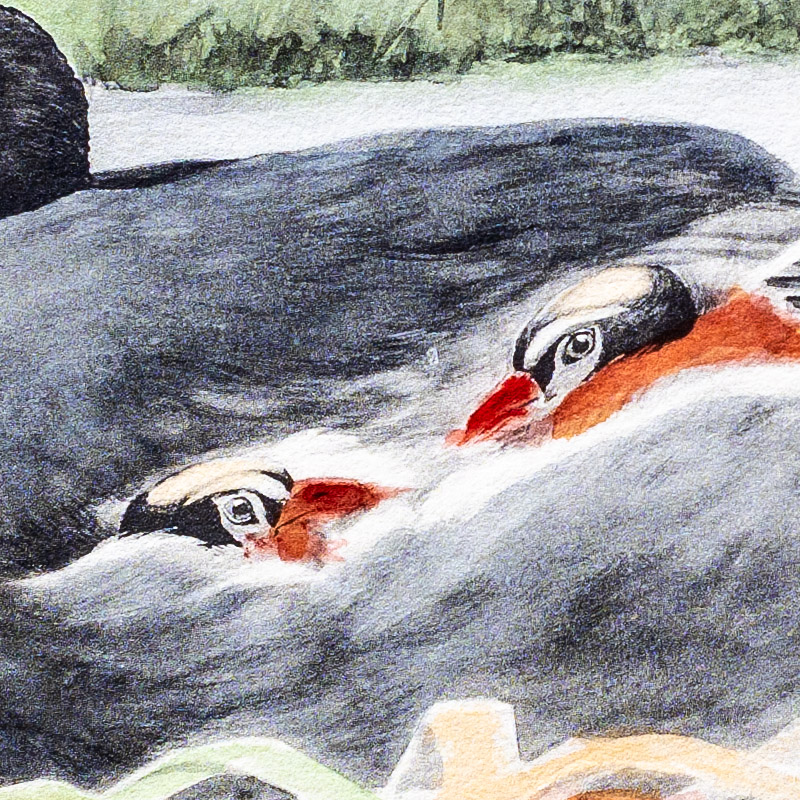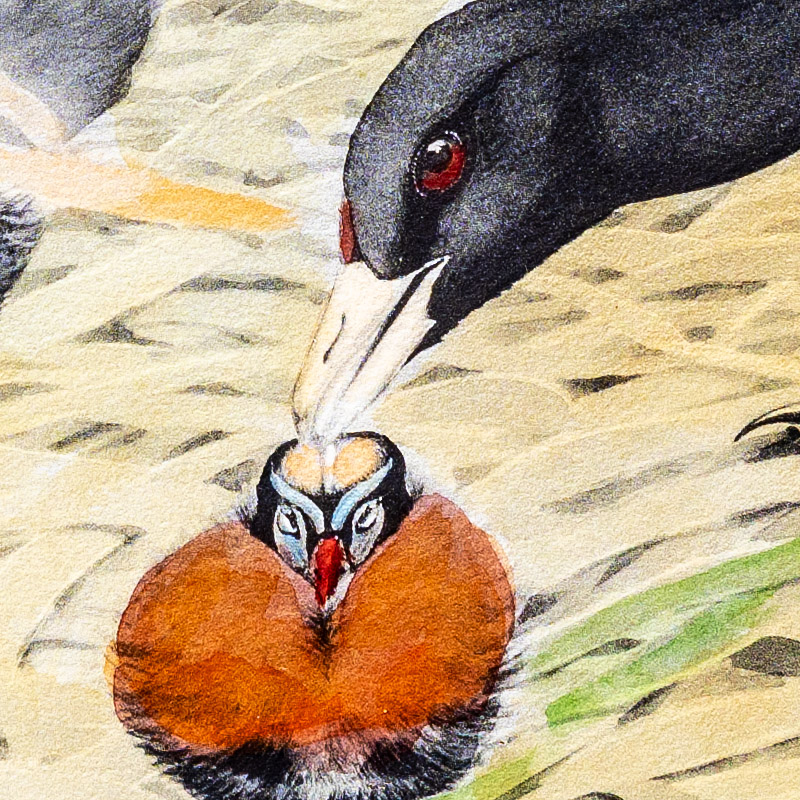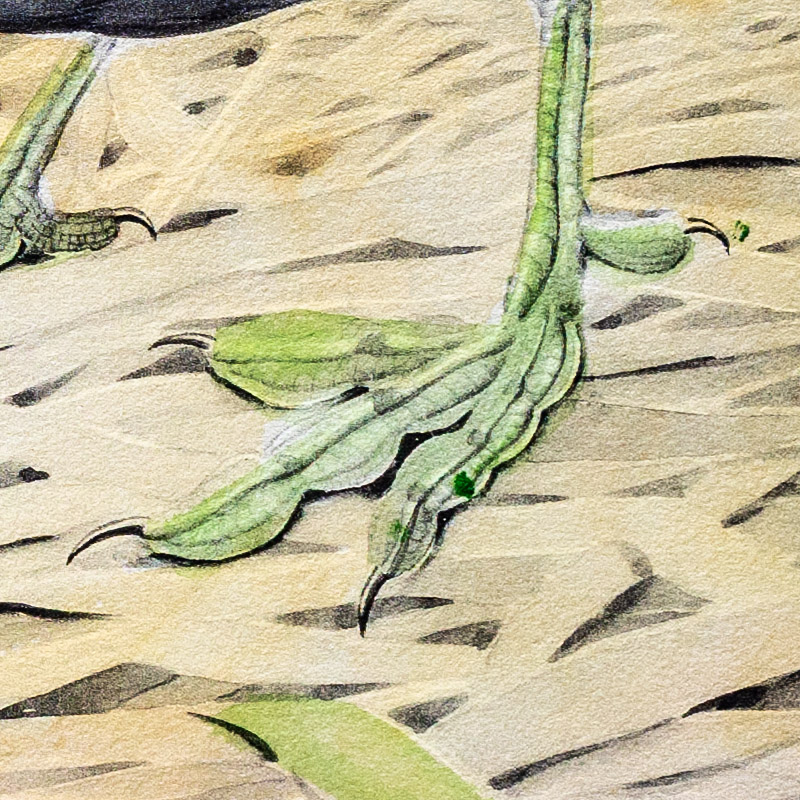






Unknown
1930
4
221
A team of dedicated board members, volunteers, and student interns has published every page in Volume 9. This volume includes 360 images of paintings and lyrical descriptions of birds, now available online for everyone to enjoy anywhere in the world. This is a monumental task. Each volume requires approximately 400 hours to photograph, edit, transcribe, catalog, and publish online. We need your support to complete this work.
If you're tech-savvy, have a good eye, are meticulous with details, and love structured data, please consider volunteering by emailing us at hello@rexbrasher.org.
We encourage all bird lovers and supporters to consider a monetary donation to support our mission to make Rex's work available for everyone. You can provide a one-time or recurring donation online.
COOTS are clowns of the Rail family, good for a smile from all in the audience except the idiot who shoots them under the impression they are Ducks. No other American Bird has young so comically variant in dress. With their bald pates, faces colored like Iroquois Indians on the warpath, a glimpse into the family life of these grotesque fledglings is never to be forgotten. They share the extraordinary lobed toes with Phalaropes but all resemblance ends there. Like other members of the family they are reluctant flyers, preferring escape afoot; their "skittering" with pattering feet on surface of water is a characteristic so individual that Coots can be identified almost as far away as they can be seen.
The males are extremely pugnacious during courtship, selecting a certain area as their own and driving away any intruders. They fight with bills and feet so furiously that how they escape serious injury is a mystery. The females sometimes join and stage a real battle royal but after it is over there are no warrior dead on the battle water.
NEST: of reeds on similar platform, usually built entirely by female. Material varies widely according to surrounding vegetation and even may be moss dredged from the lake bottom.
EGGS: 8–12; cartridge buff, evenly covered with fine spots of dark brown.
From center of southern British Provinces south over United States.